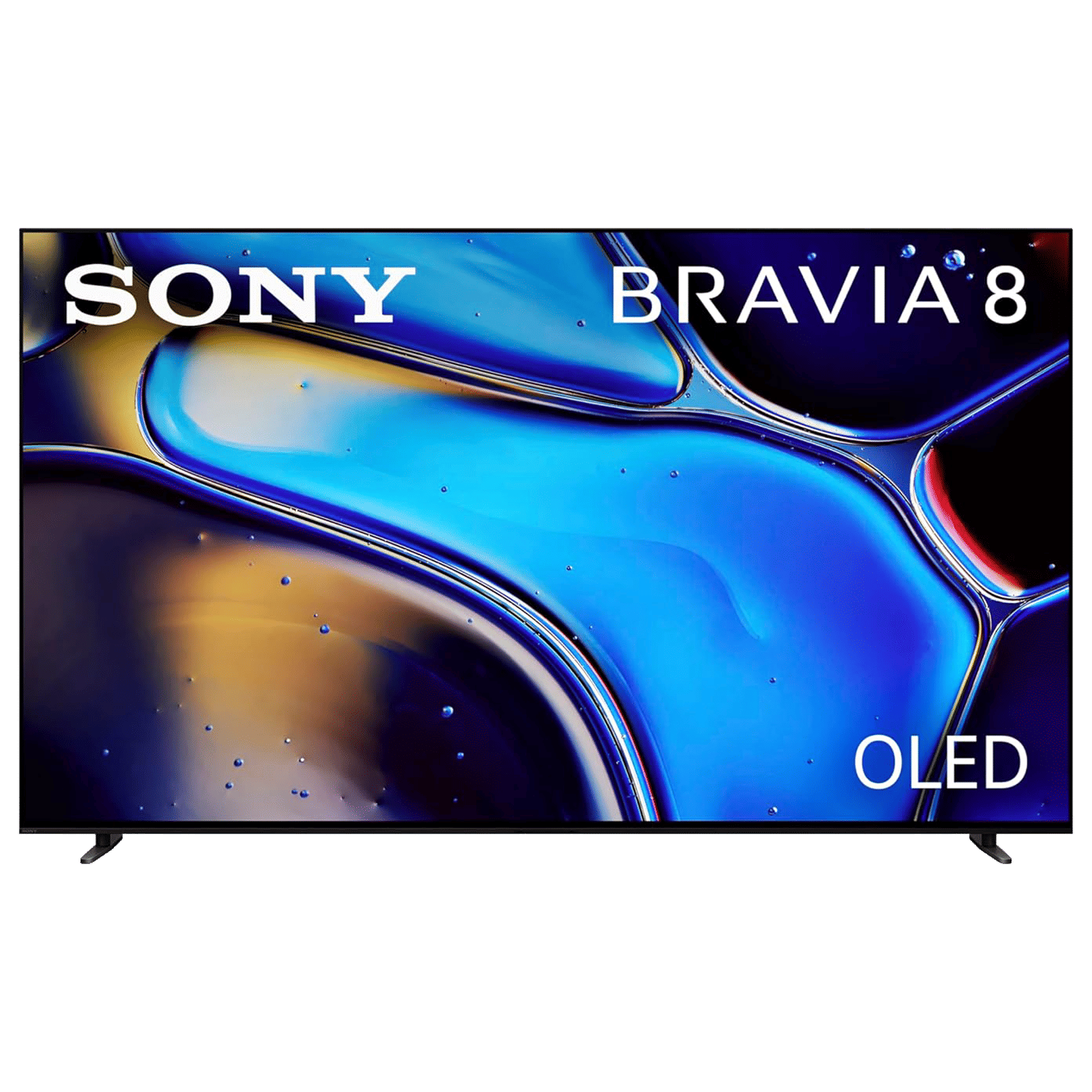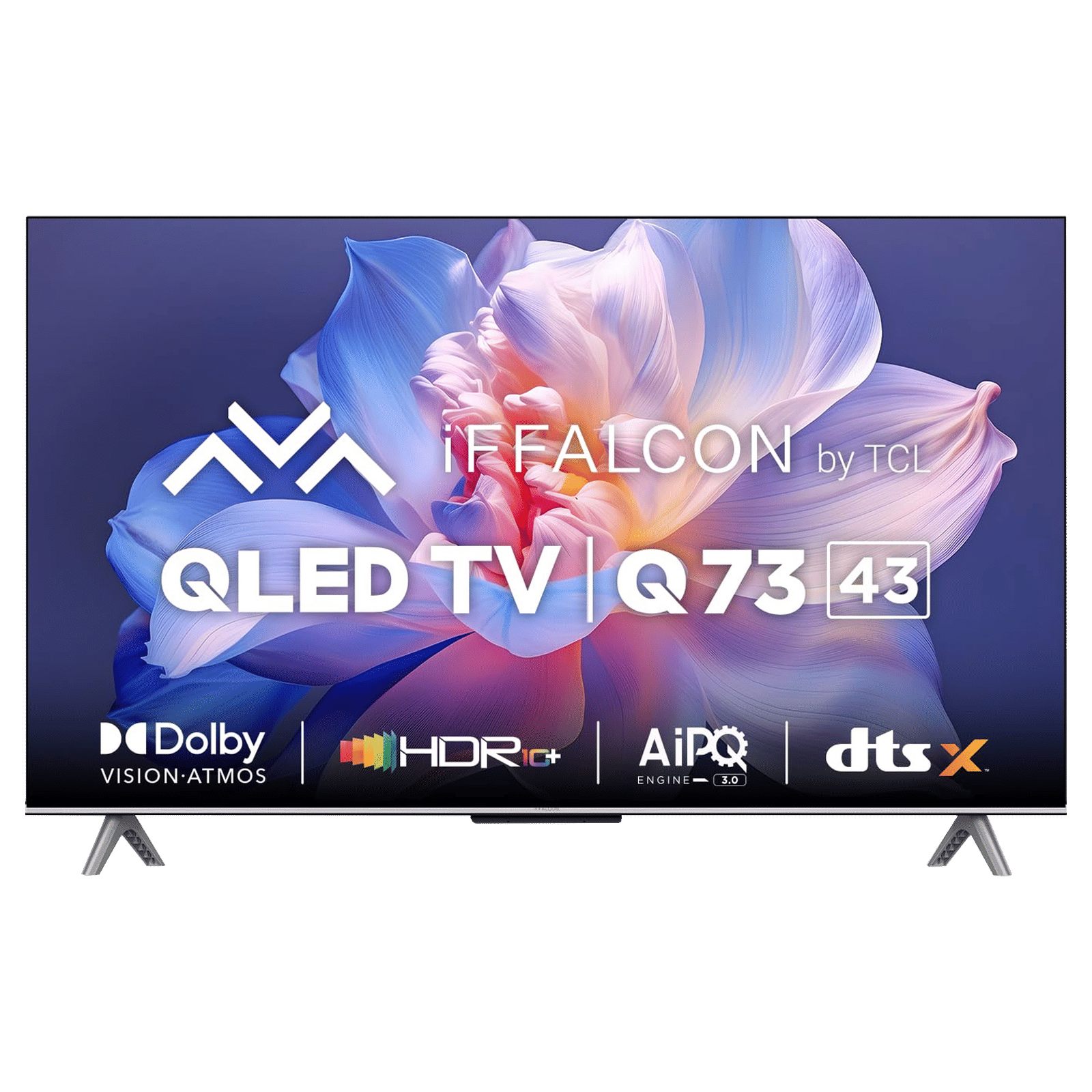Perhaps one of the most important factors we take into consideration when buying a new phone or TV is the display. More particularly, the display technology.
Depending on your budget and preferences, you can choose between one of four main types of displays – LCDs, LEDs, OLEDs and QLEDs.
To understand OLEDS and QLEDS though, which are by far the most popular of the lot today, we need to first understand what LCD and LED displays are, and how they work.
ALSO READ: What is the difference between Google TV and Android TV?
LCD stands for Liquid Crystal Display. These displays use a white backlight, which passes through different filters for colour. LED screens are in essence, an LCD with an LED backlight, meaning you have a panel of multiple LEDs. The screen selectively turns off LEDs and turns them on to show darkness or light.
OLED and QLED displays are, in essence, an upgrade on these LED displays. Here’s what they are, and how they differ.
How do OLED and QLED TV displays differ?
The major difference between OLED and QLED TV displays is how they work to emit light. OLED pixels are individual light sources that turn off independently to provide local dimming. QLED uses Quantum dots. These dots are like crystals that absorb light and emit colours.
This difference in how they work reflects in several different areas such as how bright they appear, how HDR content looks, as well as how blacks, colours and contrasts appear.
QLED TVs vs OLED TVs: Brightness levels
OLED TVs and QLED TVs both make your favourite shows and movies appear bright.
However, OLEDs have more control over their lighting, which allows them to show scenes which have both dark and light elements better.
QLEDS on the other hand, while they do provide for bright images, usually do so only with scenes which mostly have elements of light.
QLED TVs vs OLED TVs: Blacks
While watching movies, you might observe a muddy grey colour on a QLED screen instead of a deeper black. But with an OLED, you don’t have a backlight. Each pixel acts as an individual light source that turns off independently. The pixels that are off will appear as if the TV was switched off. You can observe this when watching a scene with a starry night. QLEDs offer great dimming, but no quite up to the mark that an OLED does.
QLED TVs vs OLED TVs: HDR content
HDR stands for High Dynamic Range. It focuses on the brightness and dimming of the scene. HDR enhances your viewing experience with a wide range of contrast and colour grading. It works perfectly with both QLED and OLED. OLEDs are known to show deeper blacks though.
Though QLED is known for luminosity, it comes with mini-LED tech that helps with dimming. Many gamers who play in low light go for a combo of OLED and HDR.
Which one is for you: OLEDs or QLEDs?
If you watch TV in daylight or in bright lighting, then QLED TV is for you. You will get vibrant colours in a bright setting. But QLEDs will not offer you the same black levels as OLED. Many folks like to watch TV in low light or darkness. They can go for an OLED TV as it will bring the best visuals in the dark. Direct sunlight tends to cast a glare on the OLED screen.
Those are the big differentiators between OLED and QLED displays. We hope this blog helped you understand the pros and cons of each panel so you can make a well-informed decision for your next TV. Happy purchasing!
हिंदी में पढ़ें: QLED और OLED TV के बीच क्या अंतर है?
Unleash your inner geek with Croma Unboxed
Subscribe now to stay ahead with the latest articles and updates
You are almost there
Enter your details to subscribe

Happiness unboxed!
Thank you for subscribing to our blog.
Disclaimer: This post as well as the layout and design on this website are protected under Indian intellectual property laws, including the Copyright Act, 1957 and the Trade Marks Act, 1999 and is the property of Infiniti Retail Limited (Croma). Using, copying (in full or in part), adapting or altering this post or any other material from Croma’s website is expressly prohibited without prior written permission from Croma. For permission to use the content on the Croma’s website, please connect on contactunboxed@croma.com
- Related articles
- Popular articles
















Dr. Ramdas Jadhav
Thank you for explaining difference and how to select OLED & QLED.